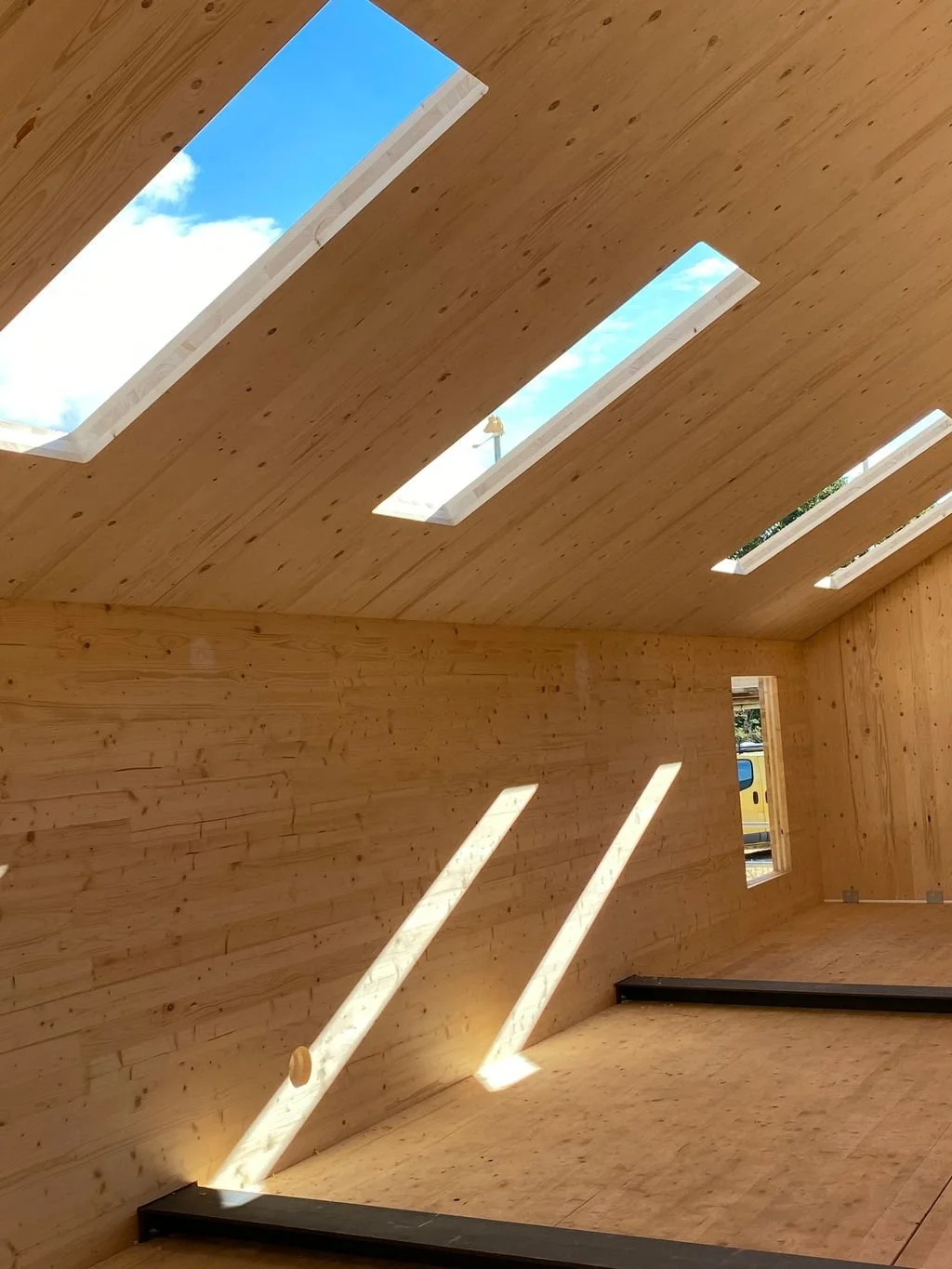The Benefits of Building With Cross Laminated Timber
Benefits of building with CLT
Cross-Laminated Timber (CLT) has gained recognition for its potential to reduce the environmental impact of construction in the built environment. To understand its environmental effects, we must consider short-term, mid-term, and long-term perspectives.
Short-Term Impact (0-5 years)
In the short term, CLT can provide immediate environmental benefits. Its production process emits fewer greenhouse gases than traditional materials, such as concrete and steel. Additionally, CLT's prefabrication leads to quicker construction, reducing on-site waste and minimising disruption to the surrounding environment. This accelerated construction pace not only saves time but also reduces energy consumption during the building process. CLT buildings often incorporate efficient insulation, lowering energy usage and operational costs for heating and cooling.
Mid-Term Impact (5-20 years)
As CLT structures mature, their environmental benefits become more apparent. These buildings tend to maintain their energy efficiency due to the material's natural insulation properties. Reduced energy consumption continues to contribute to lower carbon emissions. Moreover, the adaptability of CLT allows for modifications and additions, extending the building's lifecycle. The reuse and adaptability of CLT components further reduce waste, emphasising sustainability. These structures remain appealing to eco-conscious occupants.
Long-Term Impact (20+ years)
In the long term, CLT exhibits its true sustainability. As buildings constructed with CLT age, they continue to maintain their structural integrity and energy efficiency. The durability and fire resistance of CLT ensure that the building can last for decades or even centuries. Over the years, the long-term benefits of reduced carbon emissions, lower energy consumption, and adaptability to evolving needs compound. CLT structures serve as a testament to sustainable construction practices, inspiring future projects to follow suit.








